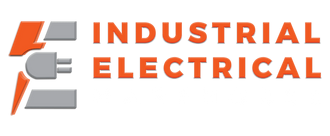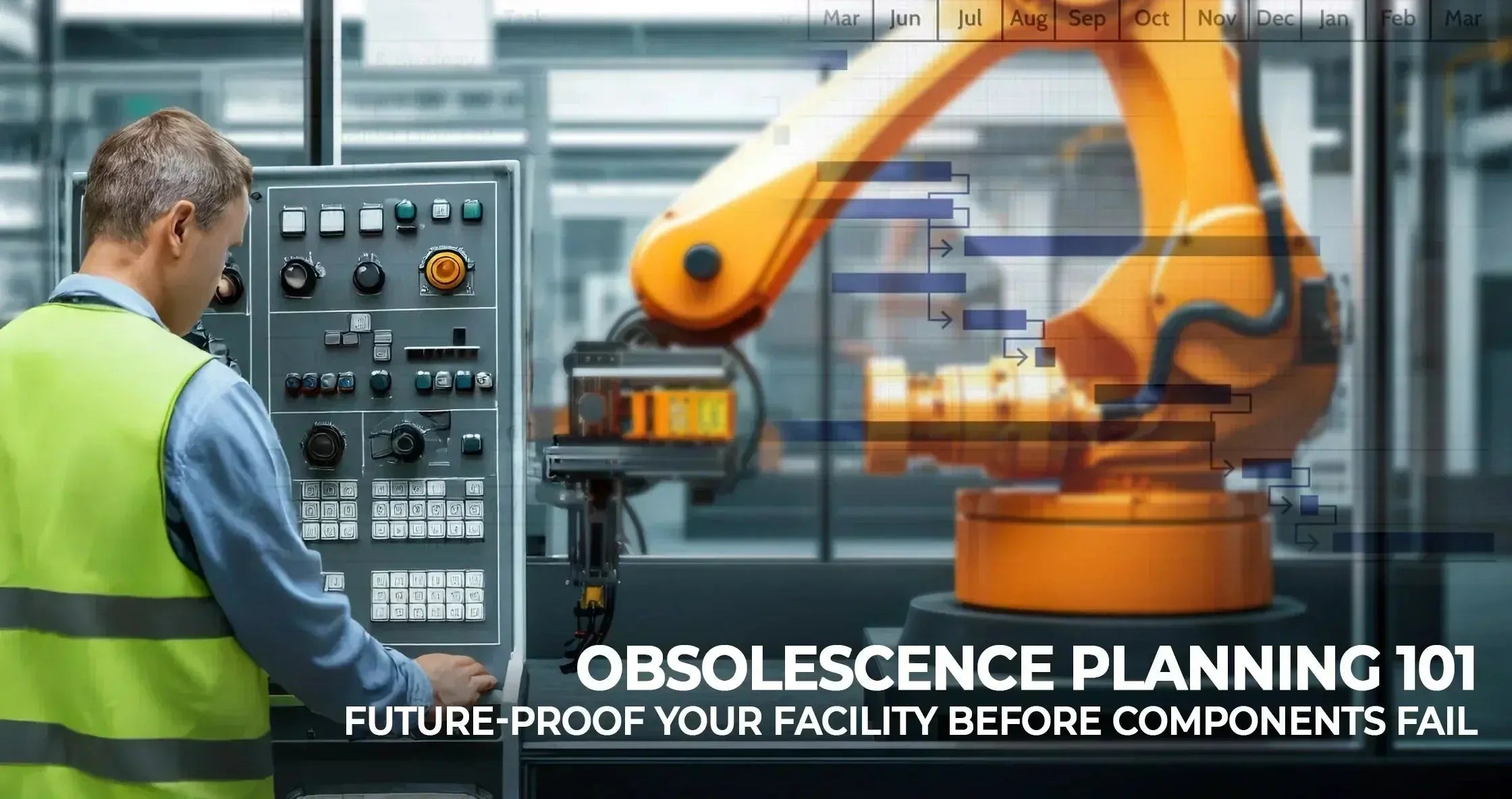In today's fast-paced industrial landscape, obsolescence planning has become an essential component of operations management. As factories and facilities increasingly rely on complex automation systems and interconnected machinery, the risk of component obsolescence leading to production downtime grows exponentially. Understanding what obsolescence planning is and why it matters is the first step toward future-proofing your operations.
What Is Obsolescence Planning?
Obsolescence planning is a proactive approach to managing the lifecycle of equipment, parts, and systems within industrial operations. It involves identifying components that are likely to become outdated or discontinued and preparing alternatives or replacements in advance. Rather than waiting for a critical component to fail with no available replacement, obsolescence planning ensures continuity and mitigates operational risks.
The core goal is to avoid unplanned downtime, reduce maintenance costs, and maintain productivity by staying ahead of the component lifecycle curve.
Why Obsolescence Management Is Crucial for Industrial Operations
The importance of obsolescence management cannot be overstated. Downtime caused by obsolete equipment can be financially devastating. For plant managers and procurement officers, the lack of a structured obsolescence plan can lead to:
- Production delays
- Emergency replacement costs
- Long lead times
- Unavailability of critical parts
- Compliance issues with outdated systems
Effective obsolescence planning helps maintain uptime and ensures that production can continue smoothly even as components reach the end of their serviceable life.
Common Causes of Obsolescence in Industrial Settings
Understanding what drives obsolescence is vital for any obsolescence planning strategy. Common causes include:
- Technological Advancement: Rapid innovation renders older technologies obsolete.
- Supplier Discontinuation: Manufacturers may stop producing certain parts.
- Regulatory Changes: New regulations may make older equipment non-compliant.
- Economic Factors: Cost-cutting may lead to discontinued product lines.
- Environmental Pressures: Sustainability efforts may phase out outdated systems.
Each of these can significantly impact the availability and support of critical systems.
Key Components That Require Obsolescence Planning
Not all components are equally susceptible to obsolescence. Key areas that often require close monitoring include:
- Programmable Logic Controllers (PLCs): As central controllers in automated systems, outdated PLCs can be difficult to replace.
- Circuit Breakers: Electrical protection devices that may no longer meet updated safety standards.
- Sensors: Critical for precision, sensors may be phased out in favor of more advanced options.
- Drives and Motors: Mechanical components that wear out and may not have direct replacements.
- Software Systems: Older SCADA or HMI systems may become unsupported by vendors.
At Industrial Electrical Warehouse, we help customers find new and compatible options for all of the above.
Steps to Implement a Strong Obsolescence Planning Strategy
Implementing obsolescence planning doesn’t have to be complicated. Here are some steps to help guide the process:
- Asset Inventory Audit
- Document all critical assets, model numbers, installation dates, and vendor information.
- Lifecycle Assessment
- Identify components nearing end-of-life using manufacturer resources or lifecycle management tools.
- Risk Evaluation
- Determine how the failure of each component would impact production.
- Supplier Communication
- Stay in touch with manufacturers for early warnings on product discontinuation.
- Strategic Sourcing
- Secure replacements or compatible alternatives before shortages occur.
- Documentation and Training
- Ensure all changes and substitutions are well-documented and staff is trained.
- Continuous Review
- Treat obsolescence planning as an ongoing process, not a one-time project.
Benefits of Proactive Obsolescence Planning
A proactive obsolescence planning strategy offers numerous benefits:
- Reduced Downtime: Avoid unplanned stoppages caused by missing parts.
- Cost Control: Plan replacements to prevent costly emergency sourcing.
- Operational Continuity: Keep systems running efficiently with minimal disruptions.
- Regulatory Compliance: Stay aligned with industry standards.
- Better Budget Forecasting: Predict future capital and operational expenses.
These benefits ultimately improve plant reliability and profitability.
Integrating Obsolescence Planning With Procurement Strategy
Procurement officers play a vital role in successful obsolescence planning. By aligning purchasing strategies with lifecycle forecasts, they can:
- Consolidate suppliers that offer long-term support.
- Purchase strategic stock of soon-to-be-obsolete components.
- Collaborate with engineering teams to validate replacements.
- Leverage data analytics to anticipate product phase-outs.
Having this synergy between procurement and engineering can significantly reduce risk.
Using Predictive Tools and Data Analytics
Modern facilities can take advantage of predictive tools and analytics platforms to support obsolescence planning. These technologies allow you to:
- Map lifecycle trends
- Monitor vendor announcements
- Model the impact of obsolescence
- Generate automated alerts for EOL (end-of-life) products
Investing in such tools empowers facilities to make data-driven decisions and prepare ahead.
Choosing the Right Replacement Products
When selecting replacement components for obsolete items, consider:
- Compatibility with existing systems
- Vendor reliability and support longevity
- Technical advancements in new versions
- Cost-effectiveness of retrofit vs. replacement
At Industrial Electrical Warehouse, we provide a wide range of current-generation automation components, including Allen-Bradley motor starters, and Pepperl+Fuchs sensors, among many others.
Partnering With Trusted Suppliers for Lifecycle Support
A trusted supplier is a cornerstone of any effective obsolescence planning approach. Look for suppliers who:
- Offer both legacy and new components
- Understand cross-referencing and retrofitting
- Provide timely insights on product updates
- Maintain robust inventory levels for fast turnaround
This partnership helps you stay agile in a rapidly changing industrial environment.
Conclusion: Start Your Obsolescence Planning Today
Obsolescence planning isn’t just a best practice—it’s a necessity. With rising automation complexity and supply chain volatility, preparing for component phase-outs can mean the difference between operational excellence and costly downtime. Whether you’re managing a small facility or a sprawling plant, developing a comprehensive obsolescence strategy puts you ahead of the curve.
Start by auditing your critical assets, monitoring lifecycle stages, and sourcing strategic replacements today. With a trusted supplier like Industrial Electrical Warehouse by your side, you gain access to a deep inventory and expert guidance on keeping your operations resilient.
Related Product Collections
PLCs & HMIs →
Upgrade outdated control systems with modern PLCs and HMIs from trusted brands like Siemens and Allen-Bradley. These devices provide precise automation, improved connectivity, and enhanced reliability for your operations.
Motor Control →
Keep your systems running smoothly with up-to-date motor control components, including contactors, overload relays, and motor starters. These are essential for maintaining efficiency and preventing costly downtime.
Circuit Protection →
Safeguard your equipment and personnel with advanced circuit protection solutions such as circuit breakers, fuses, and surge suppressors. Ensure compliance and long-term reliability across your electrical systems.
Explore our product collections to support your obsolescence planning:


